Fake Amber
The biggest threat to amber today is the expanding market of amber substitutes marketed as real amber. Copal, plastic, glass and man-made amber are all used as amber substitutes and are indistinguishable from genuine amber to unfamiliar buyers. With the low price and recent improvements to modifications methods of Columbian copal it is the hardest to identify. Since raw amber prices increased dramatically during the last twenty years in the international market falsification of amber became a widespread phenomenon.
Materials Commonly Used for Amber Imitations
- Copal
Copal comes close to amber because chemically it is close. Copal is actually very young tree resin and contains succinic acid, or succinite. Resin flows like syrup and has a distinct piney, sweet smell. The piney, sweet smell is due to chemicals in the substance known as terpenes. Immature amber or copal is a substance in which all the volatile terpenes have not yet left the resin. Copal imitation is generally used to imitate amber inclusions by inserting insects into them. - Glass
Although the glass imitation of amber can sometimes achieve the look, it is not a smart falsification. It is easy to detect. - Fenolic Resins
This chemical substance is used to produce amber beads and is useful in achieving various colors of amber such as dark red, cloudy yellow, limpid. It also achieves exact amber bead shapes such oval, round etc. giving a sense of better carving or polishing. - Celluloid
Celluloid (cellulose nitrate) is usually yellow and cloudy. Optically it is difficult to distinguish it from amber. Celluloid is more solid and not so combustible. After heating it diffuses the smell of burnt plastic. - Casein
This is a plastic made of milk. The beads have cloudy, turbid yellow color. It is a little bit heavier than amber. After heating it diffuses the smell of burnt plastic. - Modern Plastic
Modern plastic (polyester, polystyrene) are used to produce artificial amber and inclusions. Optically this substitute can hardly be distinguished because with it authentic amber colors and limpidity can be obtained. Like in Copal, falsified inclusions are too big (more than 10 mm) and clearly seen, inserted in the very center of plastic. After heating it diffuses the smell of burnt plastic.
Here are some pictures of fake amber that is being eagerly offered in the market.
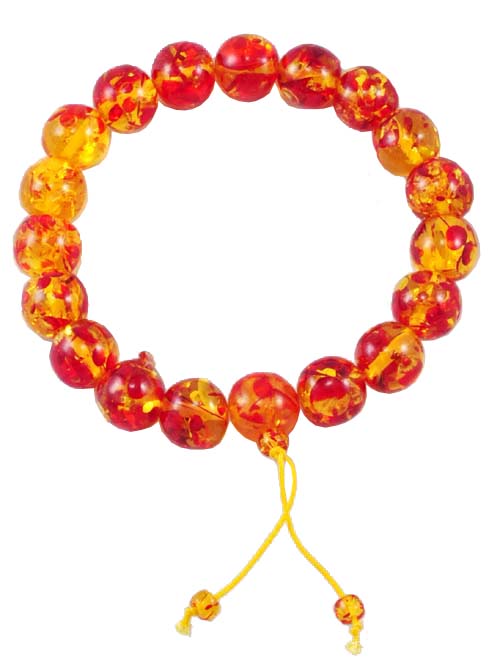

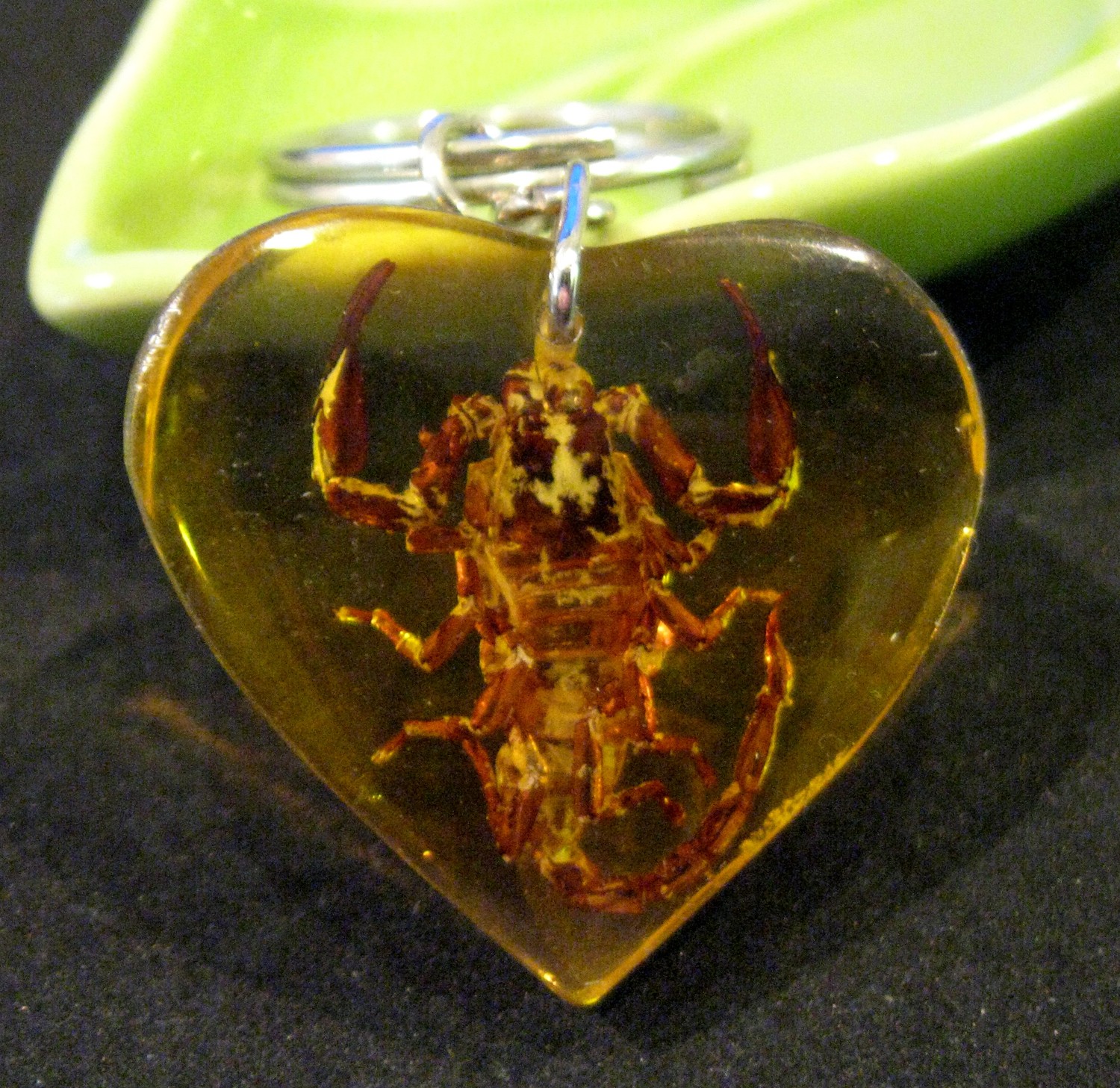


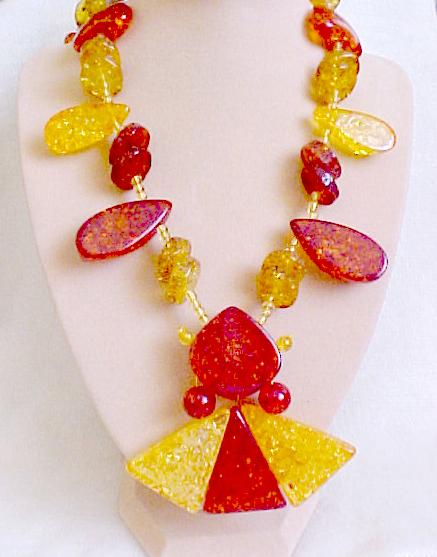

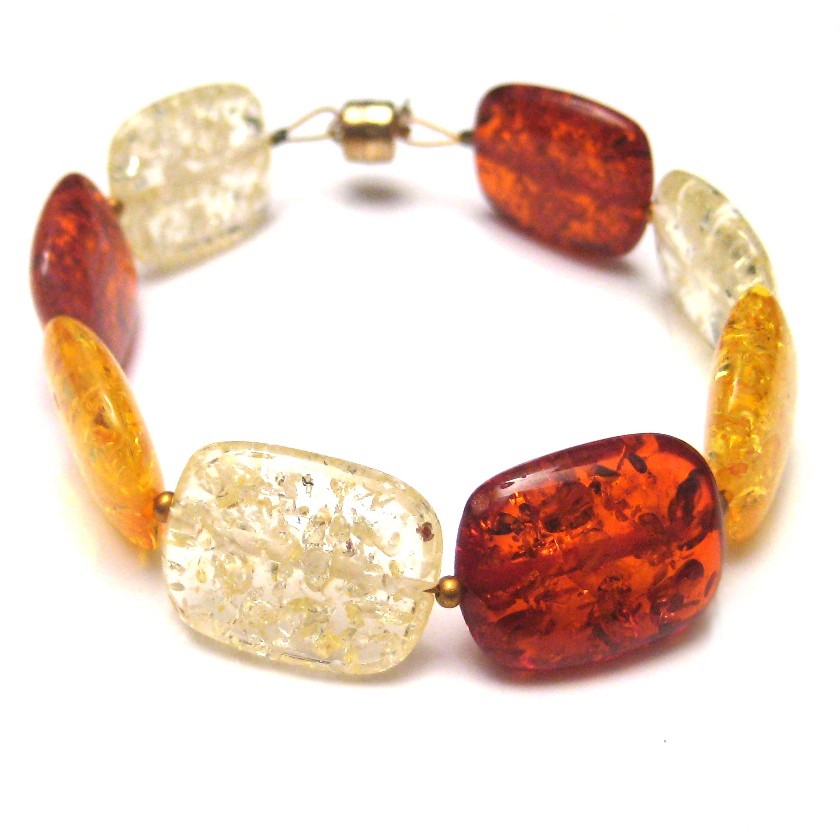
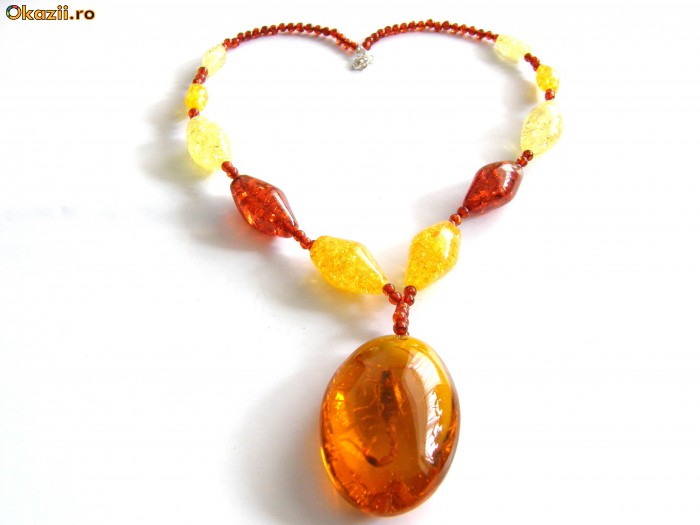
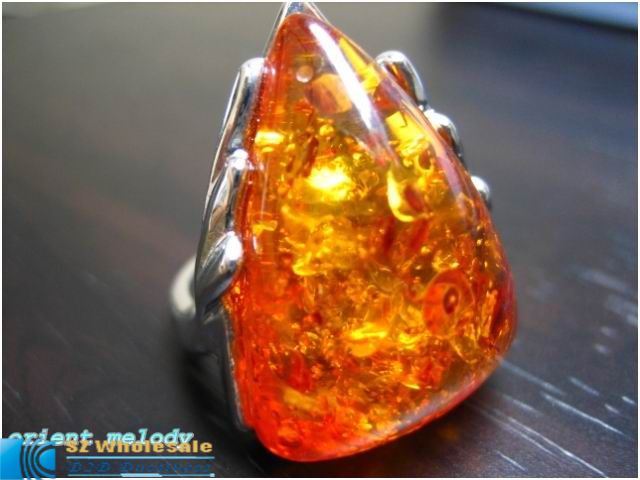

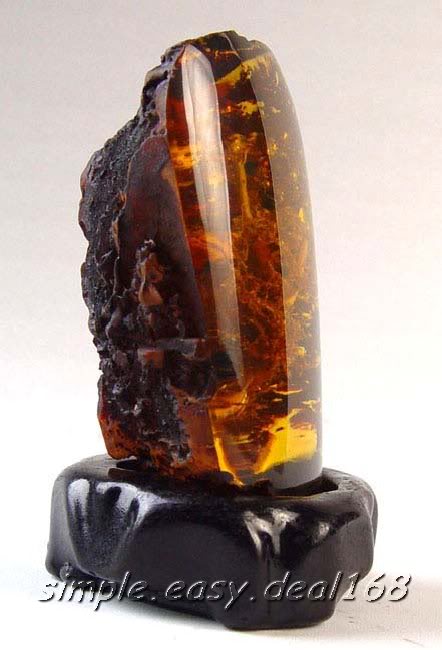
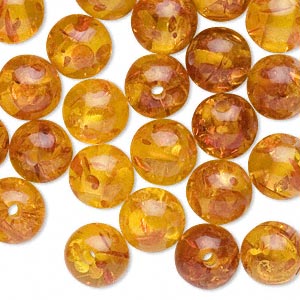
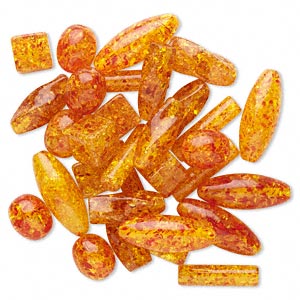



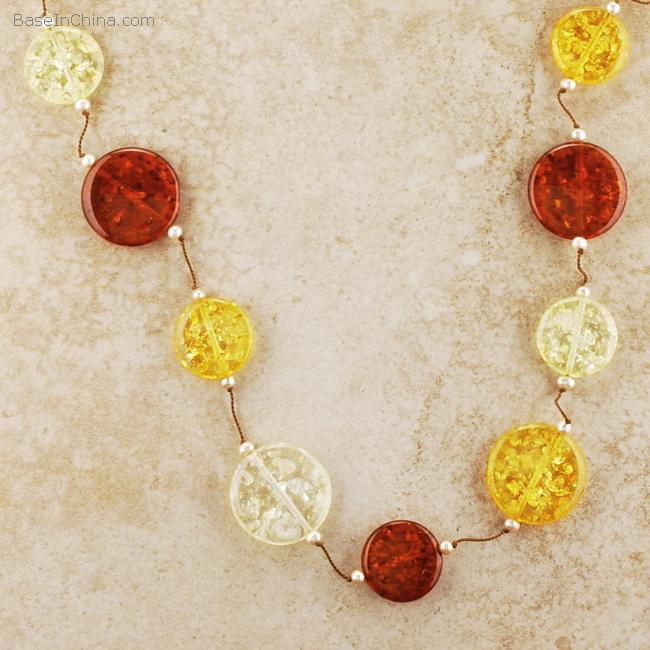
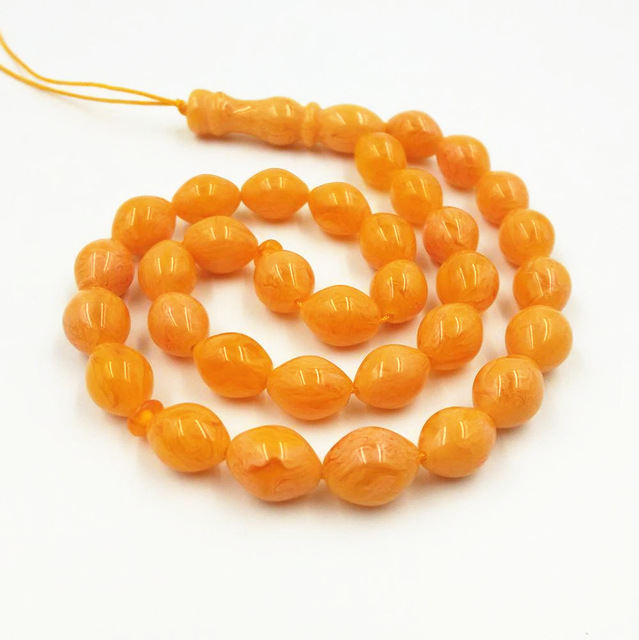

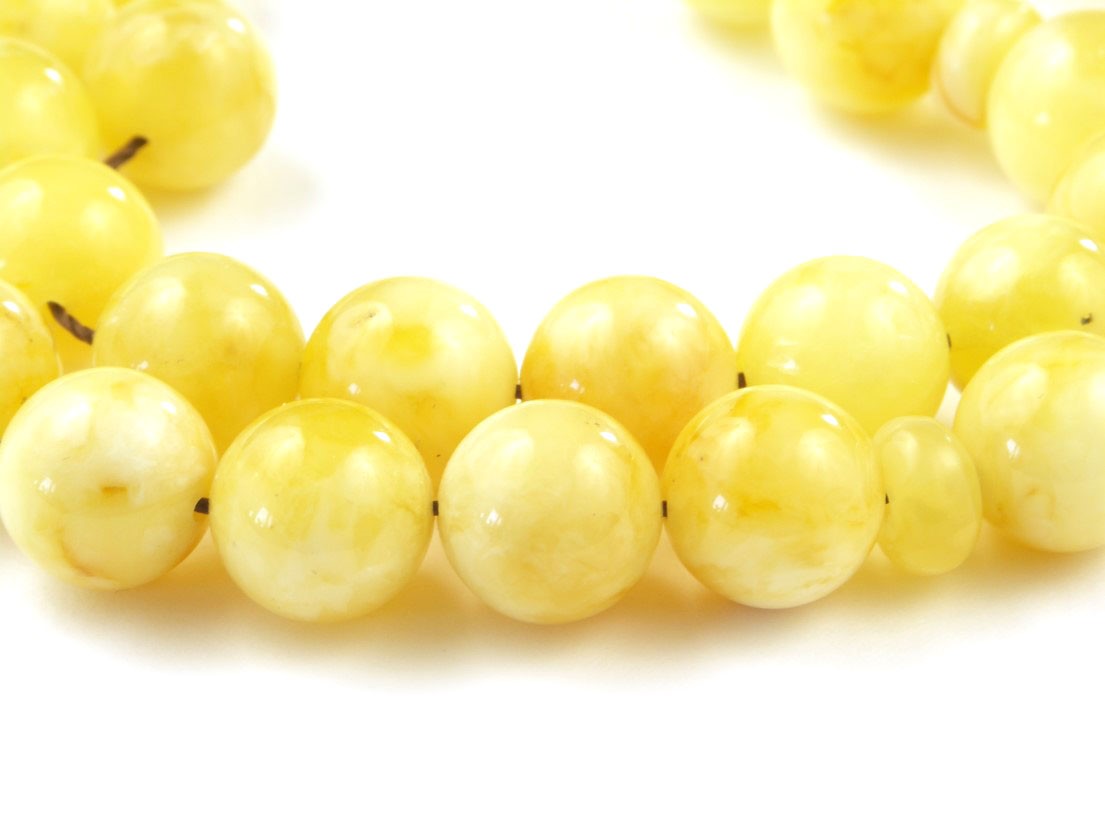
Simple Tests to Recognize Real Amber
It's not really difficult to tell real amber from fake plastic or copal, however everyday it is getting harder and harder to detect a fake as new technology develops so fast. You can try just a few simple tests.- Smell Test
Smell tests are the most effective because natural amber has a specific smell, which is difficult to obtain when producing falsifications. Amber smells sweet, piney and pleasant when burnt, the very reason it has been used for centuries. After heating real Baltic amber diffuses the specific delicate fragrance of pine-tree resins. Copal melts at rather a low temperature (lower than 150 C), and tends to melts rather than burn. After heating it diffuses the "sweet" smell of burning resins. - Rubbing Test
It is easy to distinguish glass from amber: it is more solid; it cannot be scratched by metal. Glass is cold and fireproof. If you have strong hands, rub the fake amber into the hands until it releases the smell of pine- tree resins. - Hot Needle Test
Sstick a heated needle into an imperceptible place in the amber (a hole of a drilled bead, etc.). If you smell definite pine-tree resins it means it is real amber. Deficiency: the slight mark of burning remains-this is uncorrectable. Nevertheless, amber tends to be fragile - sticking with a hot needle you will notice some cracks, while a needle will pierce plastic without cracking it. - Acetone Test
Take a few drops of acetone (fingernail polish remover) or alcohol and drip it over the surface of your piece. If the surface becomes tacky, or the fluid takes on the honey golden color of the substance, you can bet it's not amber. Amber is not harmed and will not dissolve under these solvents. - Salt-water Test
Real amber floats in salt water. That's why it is easy for locals on the Baltic Coast to find it washed up on beaches, especially after storm events. Pour 7-8 full spoons of salt into 300ml of water and stir. After several minutes of stirring the salt will dissolve. Carry out the test and wash the sample with pure water. Deficiency: it will not detect polystyrene and copal and jewelry (with metal, strings of beads and clasps make the piece sink). - Artificially Inserted Insects
There are plenty of cheap imitations of amber with "inclusions" inside the stone. Such inserted insects (sometimes scorpions) are usually too big and too good-looking. It is extremely rear case that someone finds ancient creatures inside the Baltic amber and it would naturally lead to an extremely high price. Except for some little pieces with tiny mosquitoes.